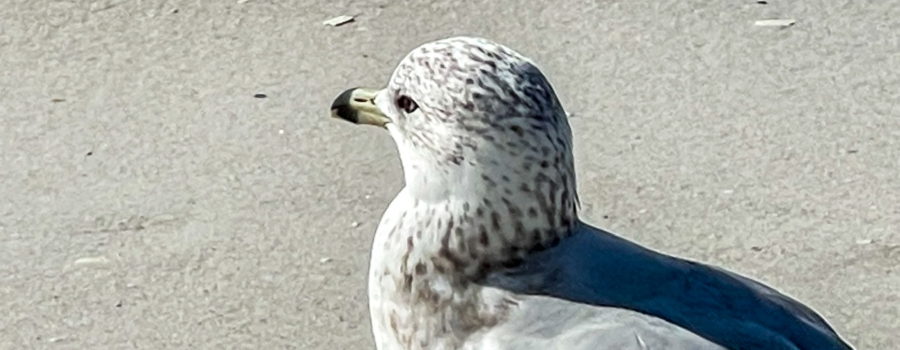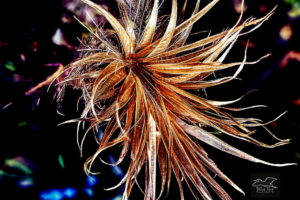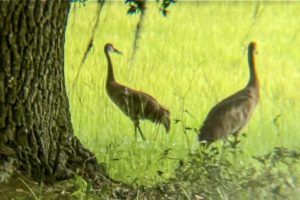The Adaptable Ring-billed Gull is the Iconic Sea Gull

In mid December, I took a short road trip down to St. Petersburg, Florida to visit friends and my old college stomping grounds. While I was there we took a morning trip out to the beach, which has always been on of my favorite outdoor places to go. I just love the sand, the sun, and of course the water. The beach is also a very different Florida habitat from where I live in the sandhills (except for the sand part). And that means new, interesting wildlife to watch and photograph! I have already written about a brown pelican that we saw out there, and two other gull species, the black-backed gull, and the laughing gull. So tonight I’d like to discuss the third gull species that I ran across on the beach in St. Pete, the ring-billed gull.

Generally, when people in the United States or Canada think about seagulls, the ring-billed gull pops into mind. There are several reasons for that. First, and most obviously, they are a very common, if not the most common gull in this part of the world. No brainer, there. Second, they are a gull that is very comfortable around people, so they don’t tend to disappear when we show up. In fact, they often flock to people and will quickly learn to eat from our hands, steal from our unguarded food stashes, and clean up any scraps that we leave lying around. Third, ring-billed gulls are more likely to be seen inland, away from the beaches, than any other gull. It is not uncommon to find ring-billed gulls at lakes, rivers, ponds, landfills, shopping malls, agricultural areas, and public parks that are hundreds of miles from the sea.

In the late 1800’s and early 1900’s much of the population of ring-billed gulls was wiped out through a combination of hunting (their feathers were prized for decoration on hats) and habitat loss. Fortunately, migratory bird protection acts in both the US and Canada helped to stabilize their populations, and their surprising adaptability allowed them to recover well. Ring-billed gulls are omnivores who will eat nearly anything. Their natural diet consists mainly of flying insects like flies, dragonflies, and beetles, but they also feast on earthworms, fish, small rodents, and marine invertebrates. They are also known to eat grain and fruits such as blueberries, strawberries, and even dates. Add to that the fact that they will eat trash, scraps, and even occasionally carrion and it’s easy to see that they are highly adaptable. The fact that they will live in a wider variety of habitats than most other gulls, has also helped with their recovery as has their willingness to interact with humans.

The gulls that we happened to see on the beach in December were, of course, all in their non-breeding plumage, and the vast majority were juveniles. There were a few first winter juveniles, which have more brown feathers on their flanks and backs, but most were second winter juveniles. It generally takes about five years for birds to reach breeding age. Once they do, they will quite often return to the colonies where they hatched to begin their breeding lives. Once they begin nesting they usually return to the same nesting sites year after year. They don’t necessarily always keep the same partner each year, but once they breed for any particular year, the pair usually remains together and broods and feeds the young together. The young usually begin wandering near the nest within a few days, but don’t go too far. They don’t fledge until they are 30-45 days old, and become totally independent shortly afterwards.

Ring-billed gulls are another gull species that winters in the south, but head north in the early spring to breed. Most of their breeding sites are in the very northern United States and Canada. Because they are only here for part of the year, I was glad to get to see them and photograph them. Before too much longer, they will be headed back north, and it will be another year before we see them down here again. I do hope to be able to make it back to St. Petersburg over the summer, and if I do, I will definitely head out to the beach to enjoy some of the summer birds, too.






Recent Comments